The Resilience Evaluation, Analysis and Learning (REAL) consortium worked to measure and analyze the results of resilience-strengthening interventions and humanitarian assistance provided to households in Burkina Faso, Ethiopia, Niger, Somalia, Zimbabwe, Kenya, and Nepal. Evidence generated through REAL can provide practical insights into the role of strengthened resilience capacities in protecting the wellbeing of populations exposed to recurrent shocks and stresses.
Explore REAL baseline and endline results showing household exposure and resilience to shocks Interact with the map below to learn more about about specific countries and shocks
Three dimensions of resilience capacity — absorptive, adaptive, and transformative — can enable households to recover from shocks and stresses.
This graphic illustrates the specific elements contributing to absorptive, adaptive, and transformative capacities in various countries, and the extent to which each exhibits initial,
continuous, and/or long-term protective effects on households and communities. Explore the relative protective effect of capacities by country context by clicking on the country tabs on the left.
Table legend:
| Country | Human capital | Access to markets | Bonding social capital | Asset ownership | Access to services | Bridging social capital | Access to informal safety nets | Disaster preparedness & mitigation | Access to infrastructure | Access to financial resources |
|---|---|---|---|---|---|---|---|---|---|---|
| Burkina Faso |
IPE
LPE
|
LPE |
IPE
CPE
LPE
|
CPE
LPE
|
LPE |
IPE
CPE
LPE
|
LPE
|
IPE
CPE
|
LPE |
IPE
CPE
LPE
|
| Ethiopia | IPE |
IPE |
IPE
CPE
|
IPE
CPE
LPE
|
IPE
CPE
LPE
|
LPE
|
CPE
LPE
|
|||
| Niger |
IPE
LPE
|
LPE |
IPE
CPE
LPE
|
CPE
LPE
|
LPE |
IPE
CPE
LPE
|
LPE
|
IPE
CPE
|
LPE |
IPE
CPE
LPE
|
| Somalia |
IPE
CPE
LPE
|
CPE
LPE
|
IPE |
|||||||
| Zimbabwe |
IPE
CPE
LPE
|
IPE
CPE
LPE
|
CPE
LPE
|
LPE |
Household assets, livestock assets, and productive assets are components of both absorptive and adaptive capacity indices. The Somalia Resilience Recurrent Monitoring Survey (RMS) Report (2019) found that household assets can improve well-being outcomes throughout a drought, such as achieving and maintaining no hunger, achieving food security status, and recovering from drought. The report from the second round of RMS for the PRIME Project shows that, from 2015-2016, protecting livestock assets was critical for helping households manage shocks. However, while access to asset ownership may reduce households’ use of coping strategies, such as food for work or cash for work and buying food on credit, households may turn to selling/slaughtering livestock and borrowing money from moneylenders in times of crisis (Somalia, RISE, PRIME).
Read more:
PRIME Report of Recurrent Monitoring Survey 2 (2015/2016)
RISE Midline Survey Resilience Analysis, 2018
Somalia Resilience EREGS Recurrent Monitoring Survey Report
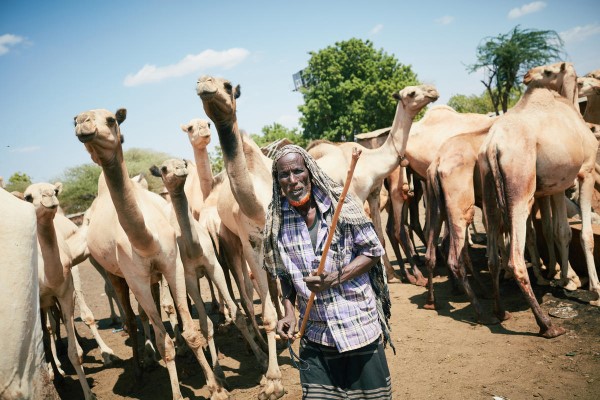
Access to financial resources affected households’ ability to recover from shocks. Financial services such as savings, formal and informal credit, and insurance can help people manage risks while protecting their livelihoods, reducing chronic vulnerability, and facilitating economic growth and recovery.
The RISE Midline Survey Resilience Analysis found that holdings of savings boosted households’ resilience to shocks.
Similarly, the PRIME Endline Survey found that access to financial services had a positive effect on households’ resilience capacities, particularly absorptive capacity. However, evidence indicates that holdings of savings is dependent on a culture of savings in communities.
The Somalia Resilience Recurrent Monitoring Survey (RMS) found that village savings and loan associations (VSLA) and savings and internal lending communities (SILC) micro-credit groups lowered the probability of moderate to severe hunger between baseline and the second round of the RMS.
Read more:
Resilience in Action Technical Brief: Financial Services
RISE Midline Survey Resilience Analysis
PRIME Endline Survey Report
Somalia Resilience EREGS Recurrent Monitoring Survey Report

Formal safety nets (e.g., access to food and non-food assistance) and informal safety nets (e.g. savings groups) contributed to resilience capacity to respond to an immediate shock exposure. There is evidence that savings groups were particularly helpful for empowering women’s participation in income-generating activities (petty trading, selling street food). Availability of formal and informal safety nets may have reduced households’ coping strategies such as engaging in new wage labor, drawing down on savings, and relying on assistance from family members, and selling of assets. The report from the second round of RMS for the PRIME Project found that this may be associated with increased buying of food on credit if it was available through informal credit or savings groups (Somalia, RISE, PRIME, Financial Services).
Read more:
PRIME Report of Recurrent Monitoring Survey 2 (2015/2016)
RISE Midline Survey Resilience Analysis, 2018
Somalia Resilience EREGS Recurrent Monitoring Survey Report

Social capital refers to the networks and resources available to people through their relationship within groups (bonding social capital), between groups (bridging social capital), and with people or groups in positions of power (linking social capital).
The RISE Midline Survey Resilience Analysis and Report of Recurrent Monitoring Survey from 2018-2019 concluded that enhancing social capital is a critical determinant of improving household resilience. Particularly, fostering social capital was critical when the amount of humanitarian aid and government response was insufficient. RISE activities that targeted social groups (such as savings groups) contributed to boosting social capital.
The PRIME RMS conducted from 2014-2015 found that both bonding and bridging social capital helped households recover [from drought] by enabling them to receive money and/or food from family members (from within and outside their communities), while reducing their reliance on food aid.
Read more:
Building Resilience through Self Help Groups: Evidence Review
RISE Midline Survey Resilience Analysis
PRIME RMS 2014-15 Deep Dive: Uncovering the Pathways to Resilience
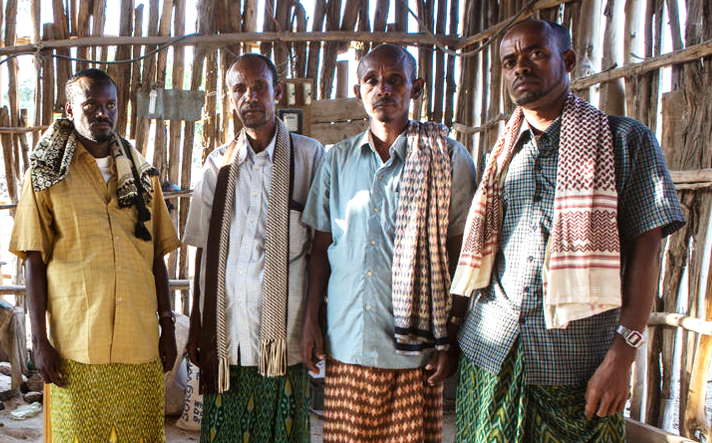
A multi-sectoral approach applied in resilience programming contributes to community and household resilience capacities. For example, the PRIME Project used a ‘systems-strengthening approach’ across many sectors, such as market, financial services, agriculture (livestock), environment, and government. The RISE Program applied a multi-sectoral approach, targeting sustainable economic well-being, natural resources management, disaster risk management, and health and nutrition. In addition, the ENSURE project applied a multi-sectoral approach that included nutrition, agricultural income generation, and resilience.
Receiving more than one type of development/resilience assistance increased household resilience capacity. Households that engaged in numerous cross-sectoral resilience interventions may strengthen their resilience capacities. The PRIME impact evaluation endline report found that households engaged in at least three of the four interventions reduced the prevalence of severe food insecurity. In addition, direct participation in these resilience interventions had a stronger impact on households’ resilience than if they were only exposed to them.
Households that have a higher baseline level of capacities before shock exposure show greater resilience during shocks. The RISE report noted that higher levels of baseline capacities boosted households’ ability to recover from shocks and maintain stability of their food security.
Click on the rectangles next to each category or program to learn about other key resilience capacities.
| Type of Activity | Program | Description |
|---|---|---|
| Access to markets |
RISE PRIME |
The PRIME Recurrent Monitoring Survey from 2017 concluded that ‘households with greater participation in markets may be able to buy and sell products more easily but are more vulnerable to market price fluctuations, the latter of which were quite strong during the drought period. Access to markets is associated with reductions in the selling/slaughtering of livestock (perhaps because of sharp reductions in livestock prices), increased consumption of seed stock (perhaps due to sharp increases in staple food prices), and with increased reliance on food aid and food/cash-for-work as coping strategies.’ Qualitative data from the PRIME project shows that market participation might be limited (particularly for women) due to a long distance to markets, lack of transportation, low market prices of cattle, and the lack of business skills and training. |
| Livelihood diversity |
RISE PRIME MRED-2 |
Livelihood diversity (particularly non-agricultural activities) is important for household resilience as it allows flexibility in the face of changing conditions. ‘The more diverse households’ livelihoods were before the onset of the drought, the more likely they were to take advantage of new wage labor, to borrow money from friends and relatives, and to draw down on savings to cope with the drought. (PRIME Recurrent Monitoring Survey 2017) |
| Access to infrastructure |
EREGS RISE PRIME |
Access to infrastructure (piped water, electricity, paved roads and phone services) is associated with reduced selling/slaughtering of livestock, increased reliance on food aid, and associated decreased reliance on assistance from family. The availability of existing infrastructure may also have induced the following changes in the use of household labor to cope with the drought: increased engagement in new wage labor and food/cash-for-work, and increased use of child labor. |
| Access to basic services |
EREGS RISE PRIME |
In multiple contexts, greater household access to basic services (including schools, health centers, veterinary facilities, extension services, institutions where people can borrow money, and security services), was associated with higher use of the following coping strategies: sell/slaughter livestock, engage in food/cash-for-work, and receive food aid; and lower consumption of seed stock saved for the next season as a coping strategy |
| Information exposure |
EREGS RISE PRIME |
A PRIME Project report noted that communities located closer to towns have significantly better access to information, but that households often do not apply the information, as they rely on traditional forecast and local knowledge. In Somalia,the share of households reporting that they received information is still very low. |
| Aspirations/confidence to adapt |
RISE PRIME |
‘Households’ psycho-social capabilities helped to prevent them from selling or consuming their productive assets (both livestock and seed stock) and helped them to seek out assistance in the form of food aid and food/cash-for-work. Note again that the aspirations index was found to be marginally significant in the drought wave 2 growth regressions (which indicate which capacities helped households recover from the drought).’ (PRIME Recurrent Monitoring Survey 2017) |
| Nutrition practices for mother and children | RISE EREGS ENSURE, Amalima |
Supplementary feeding for pregnant/ lactating women was provided to address critical nutrition needs. The PRIME Project Impact Evaluation Endline Survey Report (2019) shows that the School Feeding Programs, provided by government or WFP, were critical to keeping children in school and reducing negative coping strategies like pulling students out of school during periods of severe drought. |
The early timing of humanitarian assistance was critical for households’ recovery and reduced reliance on coping strategies such as consuming seed stock, drawing down on savings, relying on help from family members, selling livestock, buying food on credit, etc. Food aid contributed to less use of the coping strategy of reducing food consumption and was critical for people’s survival during times of drought. The PRIME Project found that early receipt of food aid had a positive effect on a household’s ability to recover, being particularly strong for Jijiga where overall shock exposure was higher than in Borena (another program area).
The timely shift from development to emergency assistance in ongoing programming was also a key factor for enabling effective resilience support. For example, USAID/Zimbabwe Resilience Food Security Activities, or “RFSAs” (at the time called ‘Development Food Security Activities’), began implementation in late 2014 when the El Niño-induced drought was underway. When the 2015 harvest failed in Zimbabwe, the RFSAs shifted focus by reducing support to livestock and agricultural programs and expanding supplementary feeding, cash for assets, food for assets, and voucher programs. This contributed to decreasing households’ use of coping strategies to deal with food shortages (e.g., decreased coping strategy index in year two of drought).
Read more:
PRIME Endline Survey Report
Zimbabwe Resilience Research Report
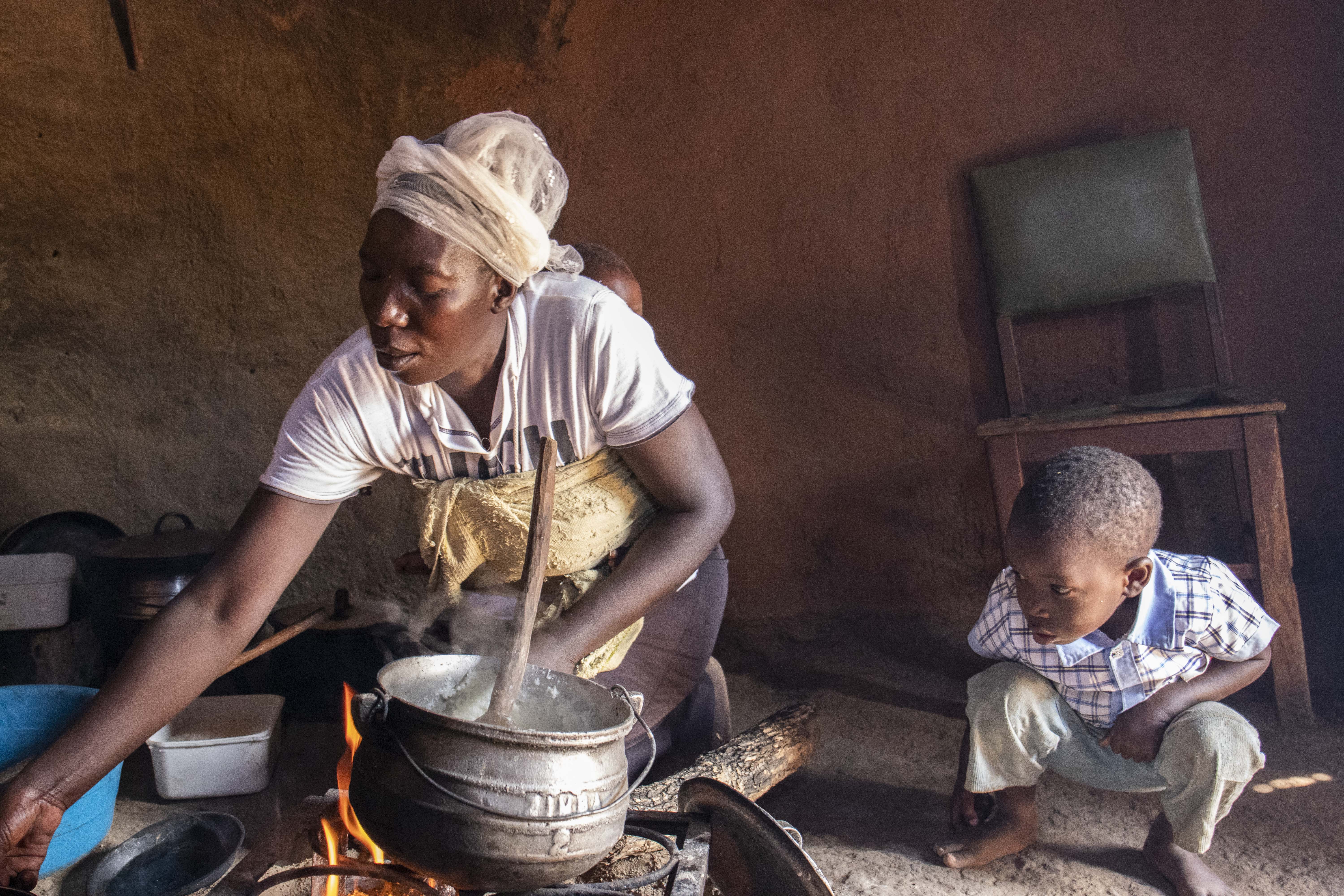
There is not strong evidence that cash assistance had a positive effect on households’ ability to recover from drought. The Somalia Resilience Recurrent Monitoring Survey Report (2019) noted that households that received cash assistance had lower food security than those that did not receive assistance. This finding may reflect the fact that cash assistance is targeted toward more food insecure households’.
Food aid was critical for people’s survival during the drought and contributed to less use of the coping strategy of reducing food consumption. The Somalia RMS Report (2019) found that food aid increased food security but the effect was small.
Households that received FFW/CFW support increased their food security. The report from the second round of RMS for the PRIME Project (2018) noted that households that received FFW/CFW experienced an overall increase in their food security. The Somalia Resilience RMS Report (2019) noted that FFW/CFW increased food security but the effects were small.
Supplementary feeding for pregnant or lactating women was provided to address critical nutrition needs. The PRIME Project Endline Survey Report (2019) found that school feeding programs, provided through collaboration between the Government of Ethiopia (GoE) and World Food Programme (WFP), were critical to keeping children in school and reducing negative coping strategies such as pulling students out of school during periods of severe drought.
| Type of Activity | Program | Description |
|---|---|---|
| Cash assistance/Cash for assets | ENSURE1 RISE2 PRIME3 EREGS4 |
There is no strong evidence that case assistance had positive effect on households’ ability to recover from the drought. Somalia Resilience Recurrent Monitoring Survey (RMS) Report February 2019 shows that households that received cash assistance had decreased food security. |
| Food aid | EREGS PRIME ENSURE RISE |
Food aid was critical for people’s survival during the drought and contributed to less use of the coping strategy ‘reduce food consumption’. Somalia Resilience Recurrent Monitoring Survey (RMS) Report February 2019 shows that food aid increased food security, but effect is very small. |
| FFW/CFW | PRIME EREG |
Household that received FFW/CFW support increased their food security. PRIME Project Impact Evaluation, Report of Recurrent Monitoring Survey 2 (2015/16), February 2018 states that household that received FFW/CFW experience an increase in their food security. Somalia Resilience Recurrent Monitoring Survey (RMS) Report February 2019 shows that FFW/CFW increased food security, but effects are very small. |
| Feed or fodder for animals | ENSURE, Amalima PRIME |
Increased probabilities of adequate food consumption |
| Access to drinking water | ENSURE, Amalima PRIME |
Increased probabilities of adequate food consumption. |
| Access to water for animals | ENSURE, Amalima PRIME |
Increased probabilities of adequate food consumption. |
| Nutrition practices for mother and children | RISE EREGS ENSURE, Amalima |
Supplementary feeding for pregnant/ lactating women was provided to address critical nutrition needs. The PRIME Project Impact Evaluation Endline Survey Report September 2019 shows that the School Feeding Programs, provided by government or WFP, were critical to keeping children in school and reducing negative coping strategies like pull students out of school during periods of severe drought. |
1 ENSURE - Enhancing Nutrition, Stepping Up Resilience and Enterprise
2 RISE - Resilience in the Sahel-Enhanced Program
3 PRIME - Pastoralist Areas Resilience Improvement and Market Expansion program
4 EREGS - Enhancing Resilience and Economic Growth in Somalia
Resilience Capacity has three components: Absorptive capacity, or the ability to minimize exposure to shocks and stresses (ex ante) where possible and to recover quickly when exposed (ex post); Adaptive capacity, or the ability to make proactive and informed choices about alternative livelihood strategies based on changing conditions, and transformative capacity, or the presence of wider, system-level factors that enable more lasting resilience, e.g., governance mechanisms, markets, NGO programs, policies, infrastructure, community networks, and formal safety nets. This concept of resilience focuses on households, communities and systems and local institutions.
Read more:
PRIME Report of Recurrent Monitoring Survey 2 (2015/2016)

It is important to understand that social connections matter and should be taken into account in the design of humanitarian assistance. For example, the REAL Resilience in Action brief on Financial Services (2019) states that cash transfers, as a form of humanitarian assistance, may provide some short-term relief to households, however, ‘the immediate effects can be limited as households are often expected to share this cash with non-recipients as a means of strengthening and forging new social connections, particularly in the context of crisis-related declines in local agricultural and livestock production capacities.’ In addition, there is some evidence that social groups, such as village development councils may be a useful mechanism for identifying vulnerable households in need of humanitarian aid.
Understanding the social norms, such as gender equality dynamics in households and communities, is a relevant factor in humanitarian assistance. For example, if men have more decision-making power within households, then men have control over the cash transfer, which gives them greater access to goods and services than women. Extensive research supports the important role of women’s empowerment in strengthening resilience, including adoption of climate-smart agriculture practices in response to climate and ecological shocks and stresses.
Read more:
RIA Financial Services, page 11.
RISE Midline Survey Resilience Analysis, 2018
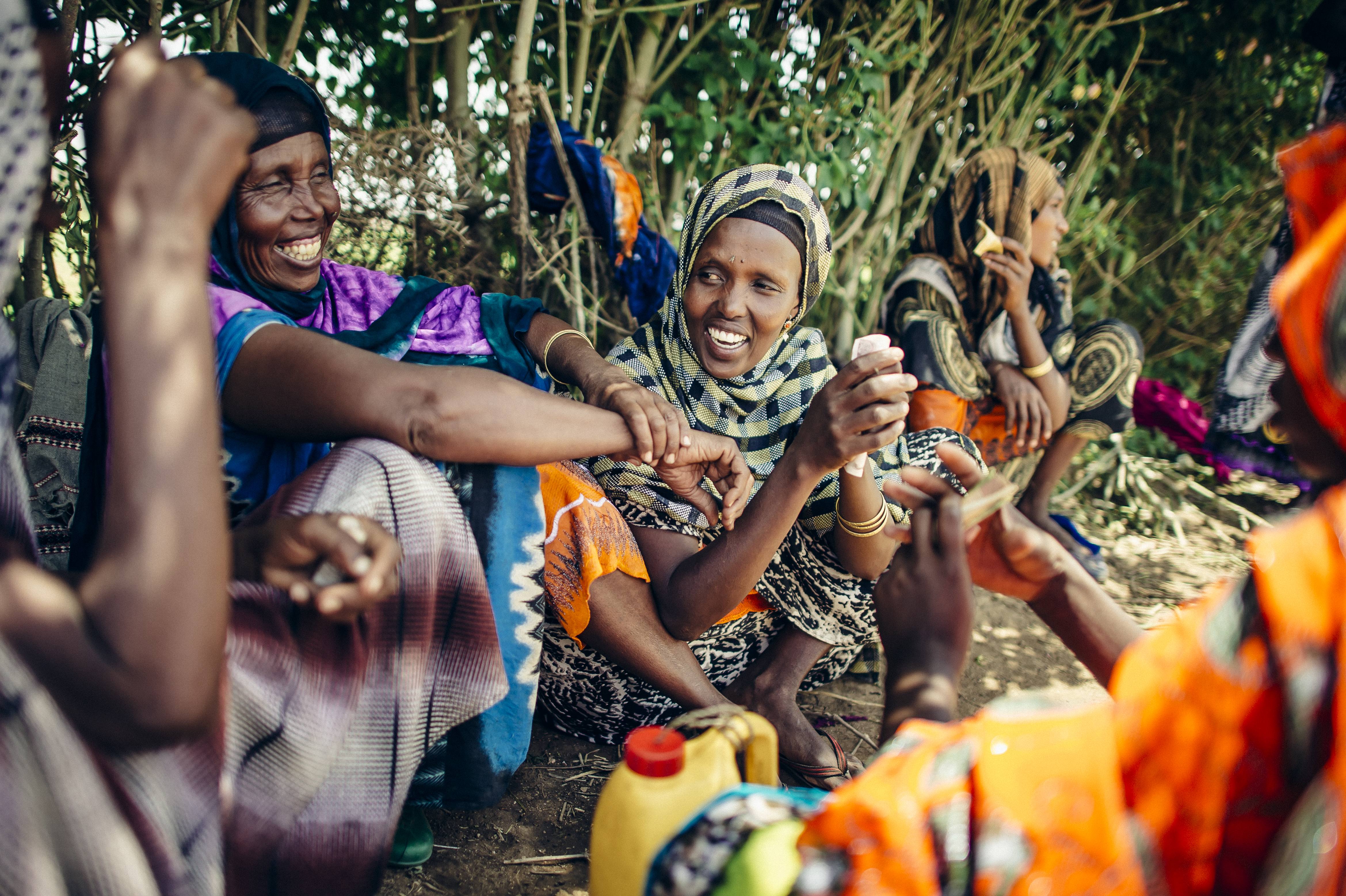
Humanitarian assistance may be affected by conflict-related shocks that escalate civil insecurity or corruption. The escalating violence limited humanitarian actors’ access to households due to the threat of violent extremism. In particular, households that hosted internally displaced persons (IDPs) were affected by a sudden increase in the lack of water for household consumption and for livestock in the time of droughts.
Qualitative data in the Pastoralist Areas Resilience Improvement and Market Expansion (PRIME) Project Impact Evaluation report pointed to corruption negatively affecting distribution of food aid to the community and being a factor behind abuse by kebele officials.
Read more:
RISE Report of Recurrent Monitoring Survey 2018-2019

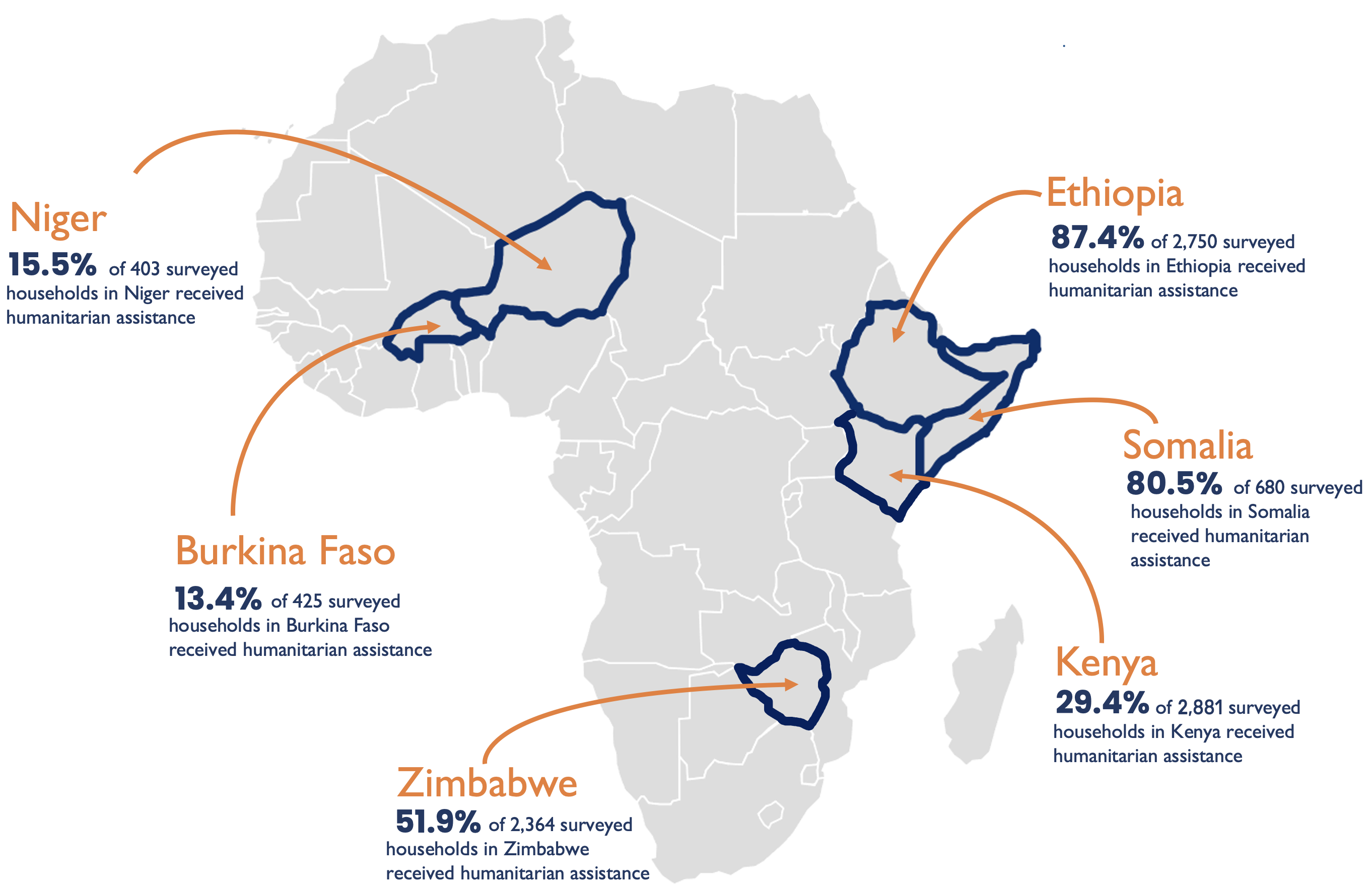
* Data sources:
Burkina Faso - Resilience in the Sahel-Enhanced (RISE) Program Impact Evaluation: Report of Recurrent Monitoring Survey 2018-2019
Ethiopia - Pastoralist Areas Resilience Improvement and Market Expansion (PRIME) Project Impact Evaluation Endline Survey 2019
Niger - Resilience in the Sahel-Enhanced (RISE) Program Impact Evaluation: Report of Recurrent Monitoring Survey 2018-2019
Somalia - Resilience Recurrent Monitoring Survey (RMS - R3) 2019
Kenya - USAID Partnership for Resilience and Economic Growth (PREG) Initiative in Northern Kenya: Endline Report and PREG II Impact Evaluation: Report of Recurrent Monitoring Survey 2019-2020
Zimbabwe- Resilience Research Report 2018
Click on the rectangles next to each category or program to understand the extent to which each form of humanitarian assistance facilitated household resilience during slow-onset drought conditions.
| Type of Activity | Program | Description |
|---|---|---|
| Cash assistance/Cash for assets | ENSURE RISE PRIME EREGS |
REAL has found no strong evidence that cash assistance had a positive effect on households’ ability to recover from the drought. The Somalia Resilience Recurrent Monitoring Survey Report (2019) shows that households that received cash assistance had lower food security than those that did not receive assistance. This finding may reflect the fact that cash assistance is targeted toward more food insecure households. |
| Food aid | EREGS PRIME ENSURE RISE |
Food aid was critical for people’s survival during the drought and contributed to less use of the coping strategy of reducing food consumption. The Somalia Resilience Recurrent Monitoring Survey Report (2019) shows that food aid increased food security, but the effect is very small. |
| Food for Work/Cash for Work (FFW/CFW) | PRIME EREG |
Households that received FFW/CFW support increased their food security. The report from the second round of Recurrent Monitoring Surveys (RMS) for the PRIME Project (2018) states that households that received FFW/CFW experienced an increase in their food security. The Somalia RMS Report (2019) shows that FFW/CFW increased food security, but the effect is very small. |
| Feed or fodder for animals | ENSURE, Amalima PRIME |
Feed or fodder for animals as part of humanitarian assistance increased probabilities of beneficiaries’ adequate food consumption. |
| Access to drinking water | ENSURE, Amalima PRIME |
Access to drinking water increased the probability of adequate food consumption. |
| Access to water for animals | ENSURE, Amalima PRIME |
Access to water for animals increased the probability of adequate food consumption. |
| Nutrition practices for mother and children | RISE EREGS ENSURE, Amalima |
The PRIME Project Endline Survey Report (2019) shows that the school feeding programs, provided through collaboration between the Government of Ethiopia (GoE) and World Food Programme (WFP), were critical to keeping children in school and reducing negative coping strategies like pulling students out of school during periods of severe drought. |